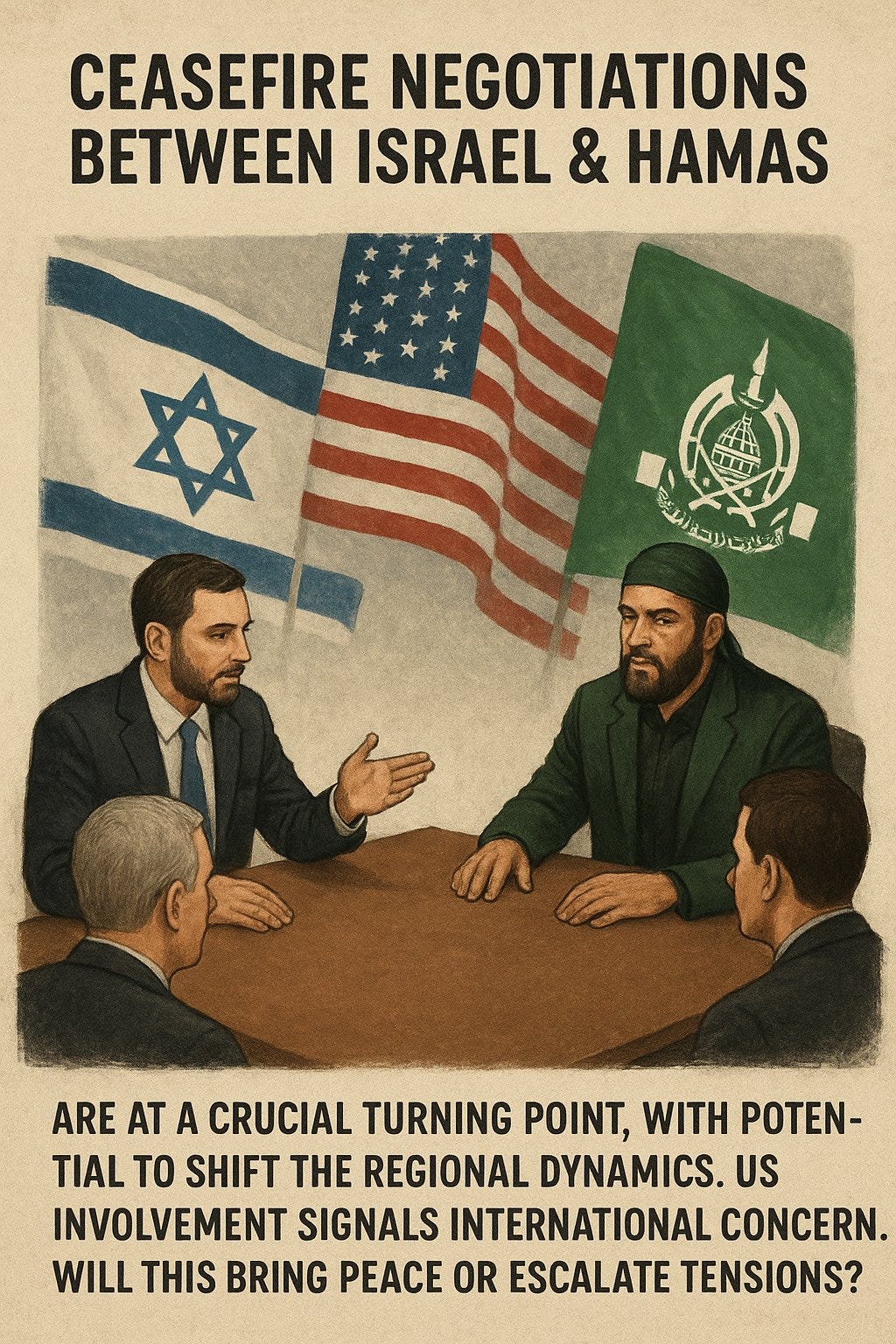The Quiet Bargain Beneath the Bombs
Somewhere between Cairo and Washington, men in suits are whispering over corpses.
Somewhere between Cairo and Washington, men in suits are whispering over corpses. The headlines talk about “ceasefire negotiations,” “peace frameworks,” and “prisoner exchanges.” But the truth, as always, is buried beneath euphemism and protocol. According to Israel Hayom, Hamas has made a chillingly intimate demand: the return of the bodies of Mohammed and Yahya Sinwar — brothers, leaders, and now martyrs — as part of a ceasefire deal. The symbolism couldn’t be clearer. Before Hamas can talk about peace, it wants its dead back.
Meanwhile, Saudi Gazette reports that Donald Trump, freshly re-enthroned as America’s power broker, has dispatched a new U.S. delegation to Egypt. The official line is optimistic — “a peace deal is very close,” Trump says — but the choreography reeks of desperation. Every administration in Washington, from Clinton to Biden, has played this same tune: peace as performance, leverage as diplomacy. What’s new is the cast — former aides, intelligence liaisons, and the usual Beltway ghosts, all circling Cairo like vultures with passports.
Egyptian officials, predictably, are “optimistic.” They have to be. The war has dragged on too long, and everyone knows the real negotiations aren’t about principles — they’re about optics, territory, and saving face.
In the corridors of power, the dead Sinwar brothers have become bargaining chips. The Americans want stability, the Israelis want quiet borders (or do they?), and Hamas wants to reclaim its ghosts. What the public gets is the illusion of progress — a flickering mirage sold as peace.
And if history teaches us anything, it’s this: whenever Washington declares a peace deal is “close,” someone — somewhere — is about to die for it.


